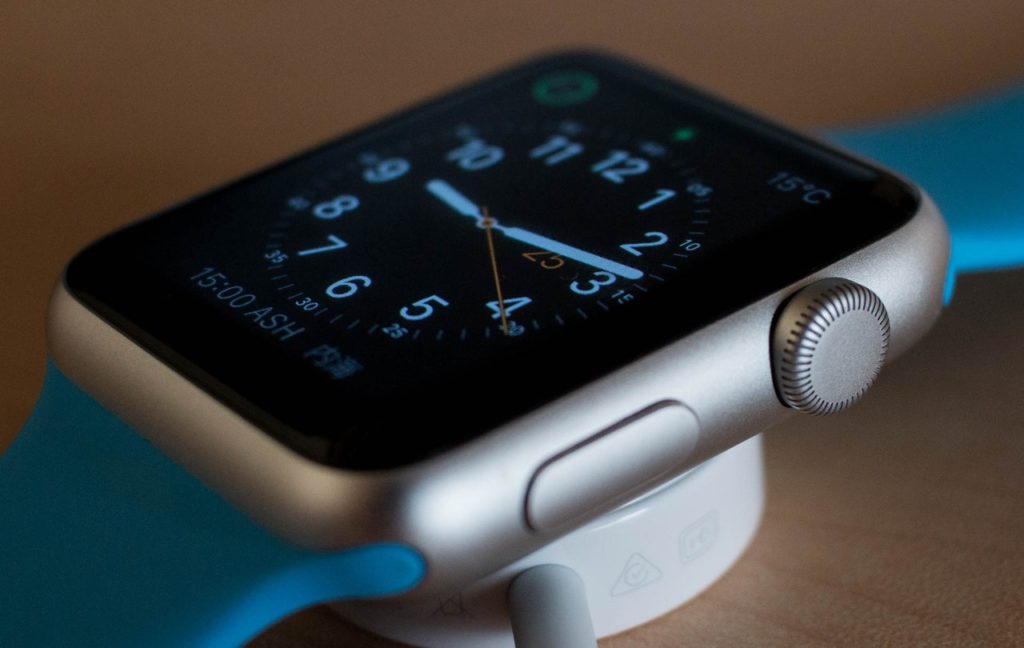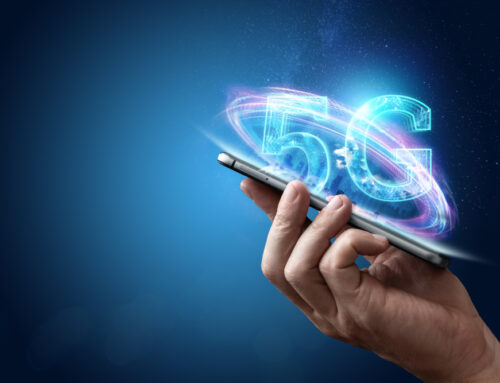 Mobile technology is changing – again. Just as the original mobile phones went ‘smart’ in the mid-2000s, adopting many of the characteristics of a full-blown computing platform, we could be on the verge of seeing another significant change in the market.
Mobile technology is changing – again. Just as the original mobile phones went ‘smart’ in the mid-2000s, adopting many of the characteristics of a full-blown computing platform, we could be on the verge of seeing another significant change in the market.
This time, it won’t be that phone handsets will undergo an evolutionary leap forward per se. We are more likely to see the technology that has driven the smartphone revolution successfully applied across a much broader range of devices. We could, in other words, be standing on the verge of the Age of the Wearables.
Wearable technology is not an entirely new concept, of course. Fitness tracking gadgets like FitBit have been around for almost a decade now, not that much less than smartphones. Apple Watch was launched in 2014, really kicking off the smartwatch trend.
So far, though, the size of the wearables market has paled in comparison to smartphones. And when it comes to a thriving second hand market, this is important. It all comes down to volumes – sales of new devices have to reach a certain critical mass to make enough used devices available to support a healthy resale market. And that in turn depends on enough new devices being bought.
We are not there yet with wearables, but the signs are that it is heading in the right direction. Smartwatch sales are predicted to double between 2017 and 2021, reaching 86 million units by 2021. Perhaps more significantly, shipments of all new wearable devices are forecast to hit 560 million by the same year.
Device diversity
One of the important things about growth of the wearable market is diversification of devices. While the smartwatch and fitness tracker sectors are the most established and mature – Apple Watch is now on its fourth release – these examples barely scratch the surface of how smart wearable technology can be used.
Away from wrist-worn devices, we are seeing the emergence of products like smart headphones which can stream music directly, body-worn cameras which people are using to take exciting action shots or films on the move, plus self-contained VR and AR headsets which don’t need to have a smartphone slotted into the front. Away from entertainment and leisure, wearables are also finding use in areas like medicine and health, with innovations ranging from smart hearing aids and optical enhancing contact lenses to heart monitors.
Another important factor in whether a viable second hand market for these devices emerges is price. For some, the low starting price of the new devices means that there just won’t be enough market demand for second hand goods. Fitness trackers, for example, can now be picked up extremely cheaply for the most basic versions.
For higher end devices, however, the starting prices are more conducive to there being demand for cheaper used versions. The Apple Watch 4, for example, starts at £399, and reconditioned versions of earlier models are already widely available online.
As with smartphones, as the market matures, we are likely to see wearables segment into premium and value products. We can already see this with VR headsets – the famous Google Cardboard prototype can still be bought for a few pounds, but you rely on a smartphone and the VR experience it provides is limited to the quality of the apps. Packages like Oculus Rift start at several hundred pounds, and it is again here that demand for second hand products is most likely to emerge.


